- Learning time
- 30 minutes
- First play time
- 100 minutes
Sol: Last Days of a Star
Designed by: Ryan Spangler,Sean Spangler
Sol: Last Days of a Star is both a heroic and tragic undertaking. Somewhere in the distant future, a star is dying, on the verge of collapse. The players objectives are to harness what power they can from the star before it disappears forever, and the most successful manipulator of these solar waves will be declared the winner when it eventually expires…
All players begin with eight Sundiver ships in their personal player board (representing the Hull of your mothership) and three energy cubes. The board shows the star itself with five orbital layers around the centre. Players place their motherships on the convective layer – furthest from the centre – and put an Instability marker (the health of the star) at 13, from where it will count down to zero. You shuffle cards to form the instability deck: more on these shortly.
If the strategies and tactical play are not immediately evident, turns are reasonably straightforward, taking one of three actions: Move, Convert, or Activate. Moving is simply the matter of launching and/or moving your small Sundivers around the board: these are essentially workers you need present in certain places in order to do your bidding. You have a starting movement value of three points and can spend it launching from your mothership, traveling along any orbital path from section to section, or crossing into a different orbit, if there is a gate present.
A gate has to be built by someone, and that’s done using the Convert action. By assembling your Sundivers into particular patterns on the board, you can convert them into either a gate or one of three types of station: Energy Node, Sundiver Foundry or Transmit Tower. Any time your build a new station, you gain an additional movement point. If the terminology sounds complicated, worry not: each station does a simple job when it is activated.
To activate a station, a Sundiver must be present in the same sector. The Sundiver returns to your Hull, and Energy Nodes produce energy cubes, Sundiver Foundries build new Sundivers (costing energy cubes!) and Transmit Towers turn energy cubes into momentum: victory points, essentially. – You can even activate opponent’s stations, although your own are more productive as you receive the bonus for doing so, instead of someone else.
When your turn is over, your mothership orbits one sector around the star, and it’s the next player’s turn. As you may have surmised from the theme, though, there is a time pressure to proceedings. When players convert or activate, it usually triggers one or more cards flipping from the Instability deck – if a solar flare card is revealed, the instability marker moves one space closer to zero, and the game moves closer to its fiery conclusion. The closer to the sun you are when activating or converting, the more cards that flip. But you want to be closer to the sun, because that’s where your stations are at their most productive!
Each suit in the instability deck also has a special power – we won’t go into these in depth, but basically whenever you flip cards you have the option of keeping one (and only one!) to cash in on a future turn. Although these seem peripheral to the main event on the board, clever use of them can be key to victory.
Finally – we missed out one option available when taking a movement action. If you sundiver can reach the star itself, you can hurl it into the flames and harness the momentum as points: 2 for every sundiver lost (and they are lost – they’re gone for the entire game) plus a point if the cards revealed are solar flares.
The whole thing amounts to a kind of uncertain race, where there are two ways to score points: sacrificing sundivers into the star itself, or activating Transmit Towers. The latter is slightly less immediate and involves a bit of planning. The former, whilst being easier to achieve, relies on the game finishing sooner (the last solar flare card coming out) rather than later, as if you run out of sundivers you are effectively a spectator from then on, hoping someone will trigger the game end…
Joe says
I've played Sol once, and am really looking forward to more plays. Visually, it's a real lesson in how to make a simple, abstract game appealing - you're all gathered round this board which is almost all simply a huge image of a dying sun. There's a lot to love in the gameplay too - the player interaction is very well-judged, as you piggyback off of the other players pieces, and also grab their bonuses if your timing means they can't use them.
The guru's verdict

-
Take That!
Take That!
There's no combat in Sol, unless you choose to add in the spicier Instability card abilities.
-
Fidget Factor!
Fidget Factor!
There'll be a few rounds when everyone is working out their best move, but Sol, once you bask in its warm glow, moves quickly. There's only one action to be taken on each turn...
-
Brain Burn!
Brain Burn!
...but which action, and at what cost? Embedded in those limited options are a huge amount of variables, and finding a way to make them work for you is the games' challenge.
-
Again Again!
Again Again!
The Instability deck being constructed randomly means the game end can never be predicted. Add into that a variety of options for Instability cards and it's already brimming with replayability - and that's before you get to the different tacks players may take in different games and game situations. If you enjoy Sol, you're going to enjoy it for a long long time.

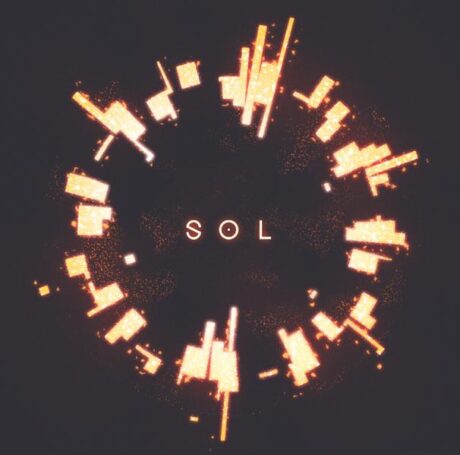

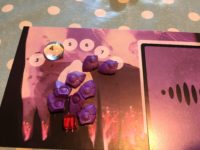
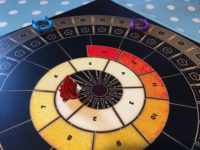

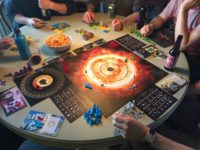
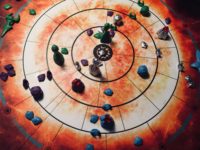


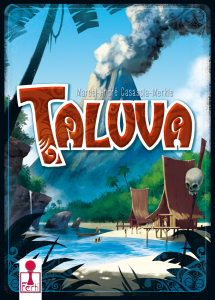
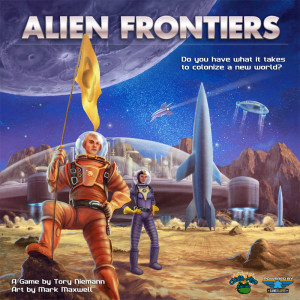
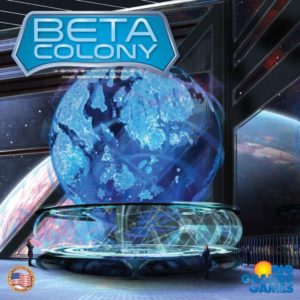
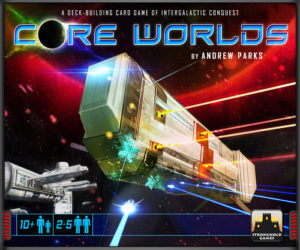

Sam says
Although Sol's feel is reminiscent of an abstract game (getting sundivers into certain positions to convert them into a station feels, thematically, a bit of a push) outside of those idiosyncrasies I think it wears its theme really well. The narrative of hurriedly building constructions to harness energy stands up, and if the sundivers throwing themselves into the flames requires a suspension of disbelief (how do you harness that?!!) what it does do is set up a wonderful tension around the table - you might be patiently (or impatiently) activating your energy nodes to generate energy you can turn into points... but this takes time, and some reckless fool on the other side of the table is hurling all their ships into the star and potentially triggering the endgame before you pull off your big move. Despite the lack of combat, there's shared activity here too: players can use each other's stations and gates, with the owner harvesting a bonus reward on each occasion. Stations built in the less-productive outer layers of the board also activate whenever a solar flare card is revealed (including the end of the game) meaning they are perhaps not quite as useless a position as they first appear... wonderful depth, wonderful speed of play. An instant favourite with us.